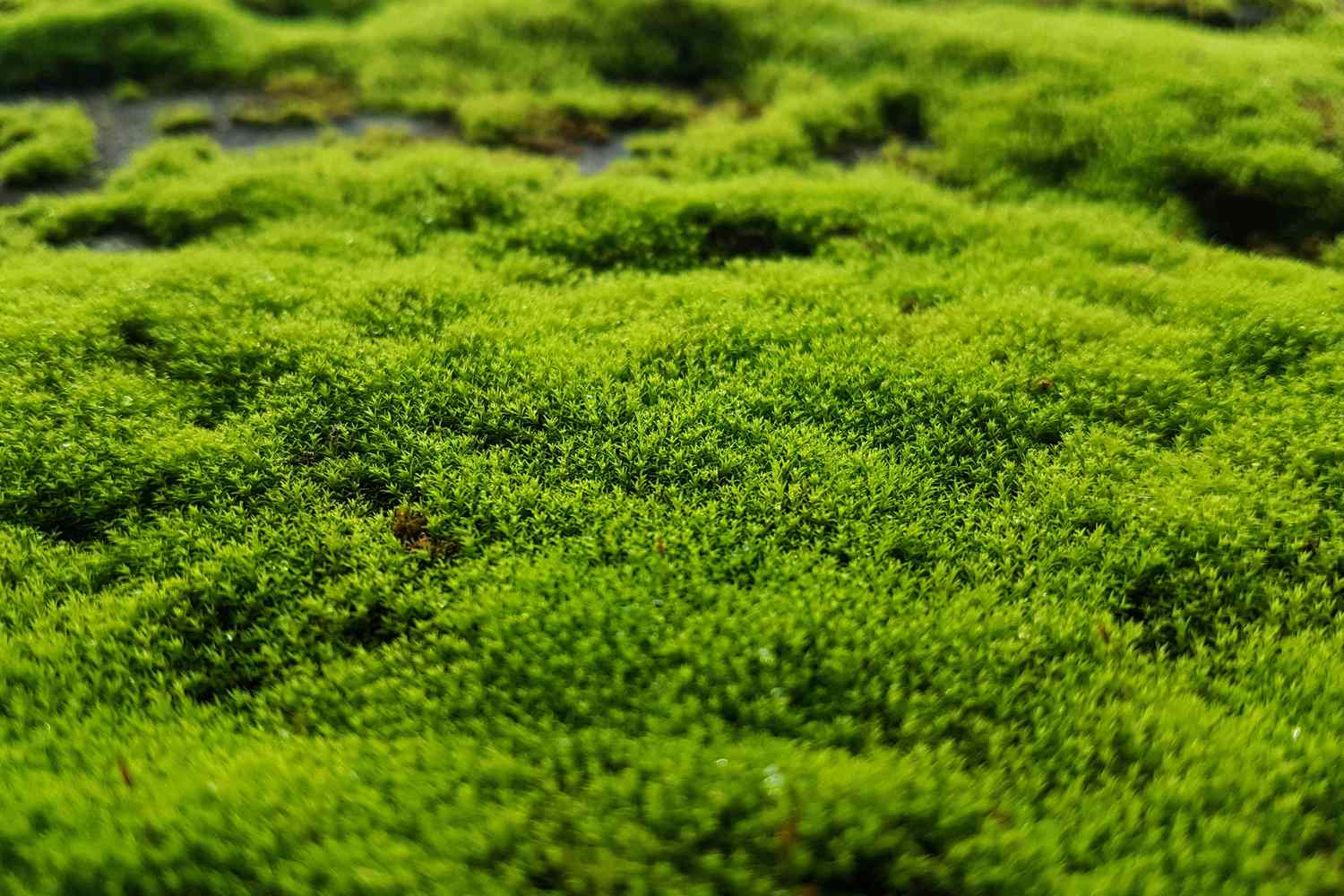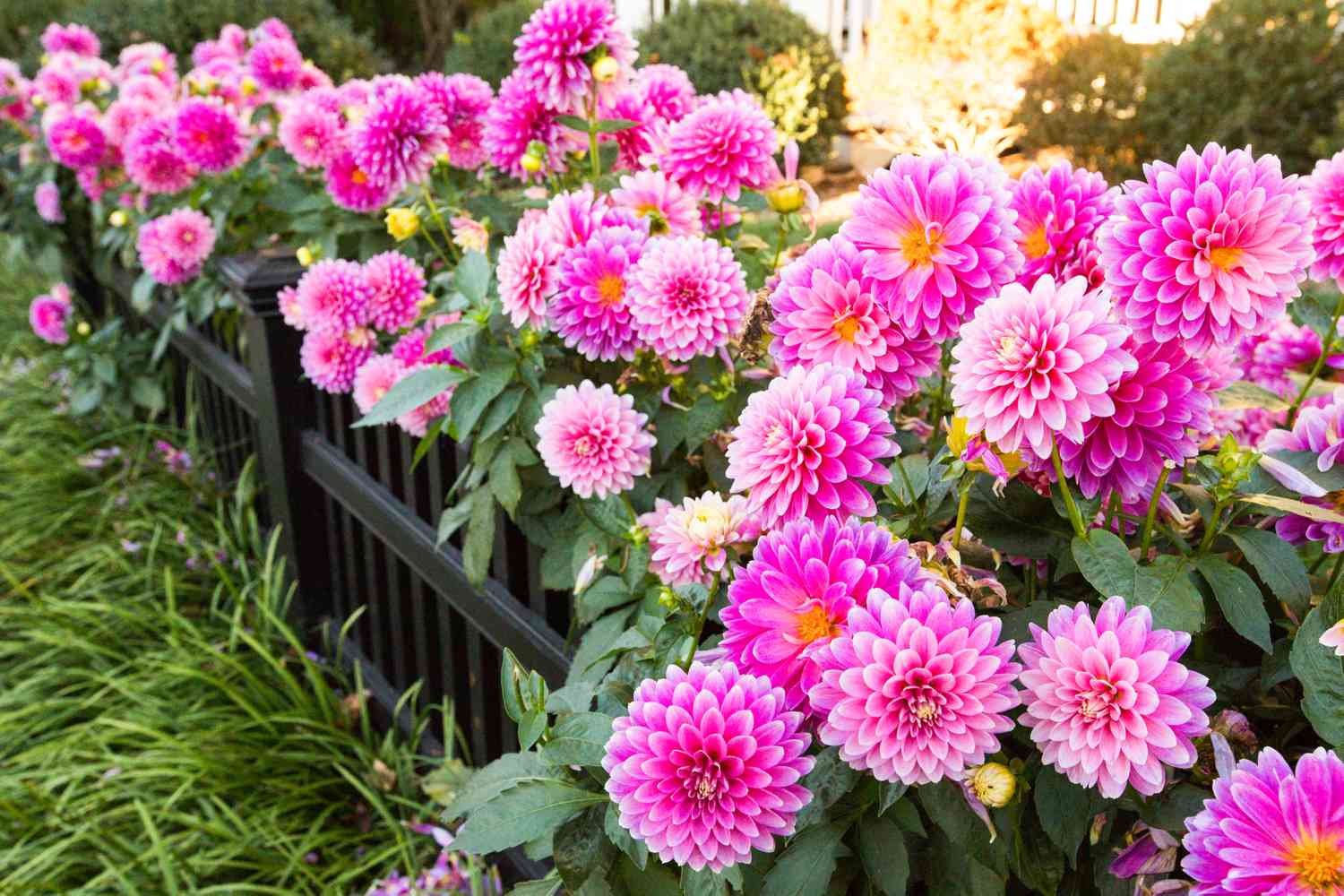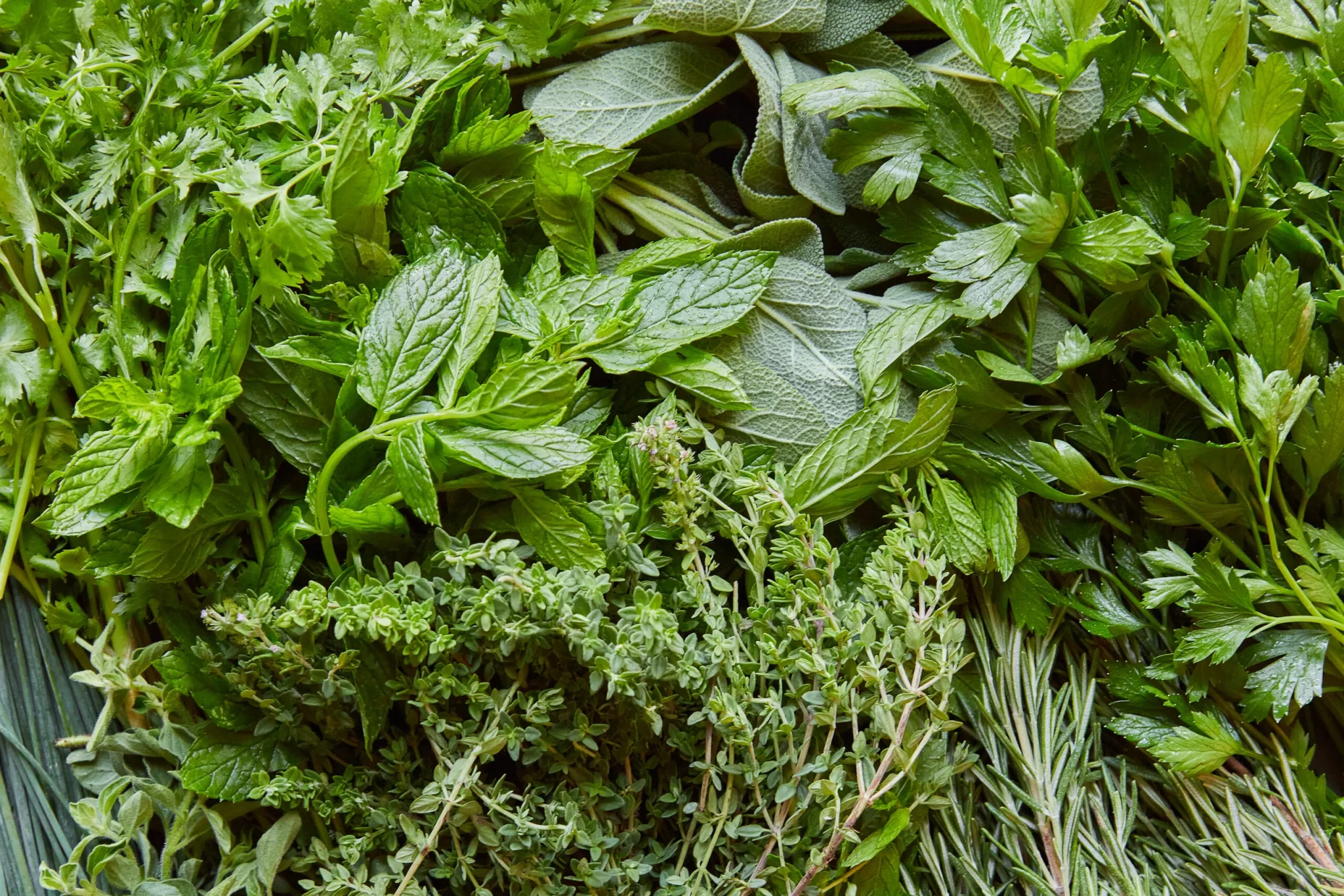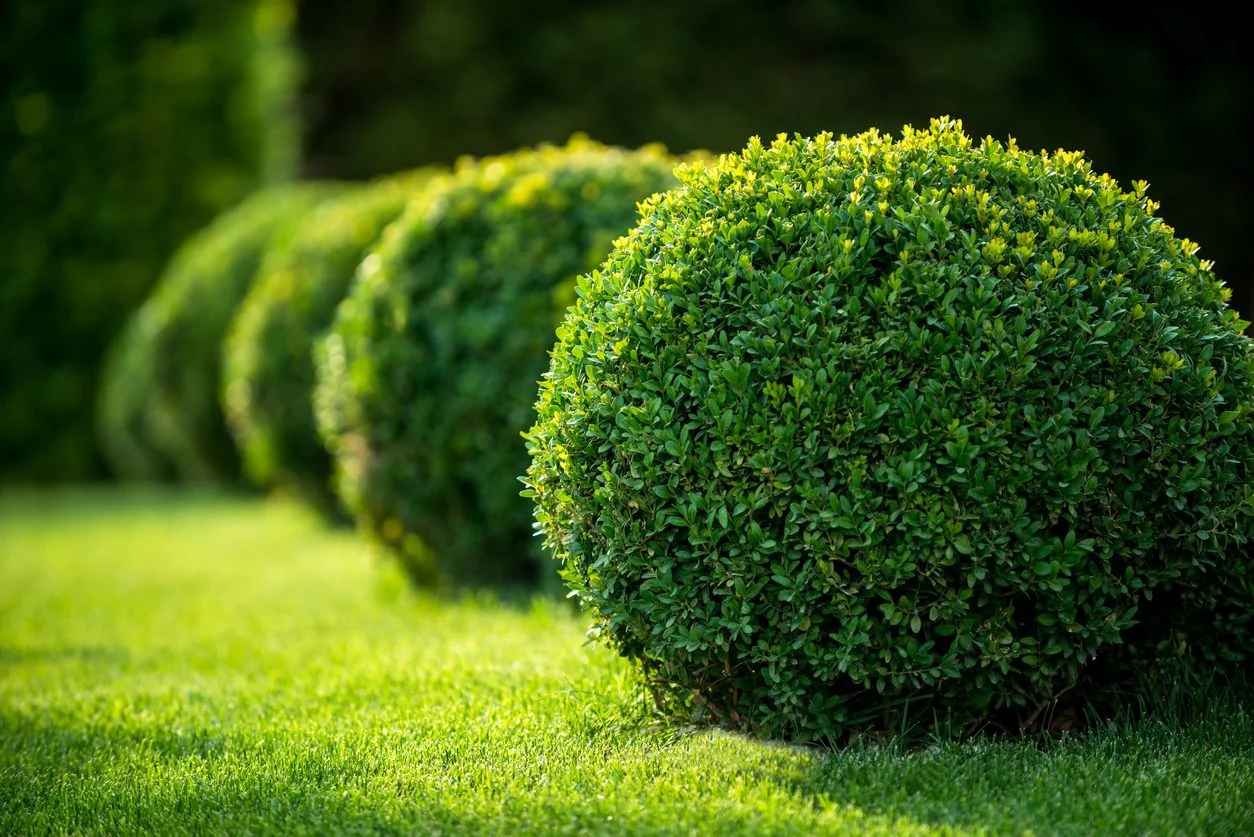
Plants are an essential part of our ecosystem, providing oxygen, food, and beauty to our world.
Each type of plant plays a unique role in nature, from towering trees to tiny Mosses.
Whether you’re a gardening enthusiast or just curious about plant life, understanding the different categories of plants can deepen your appreciation for the diversity of the plant kingdom.
In this guide, we’ll explore nine different types of plants, highlighting their characteristics and importance in nature and daily life.
Types of Plants You Should Know
1. Ferns
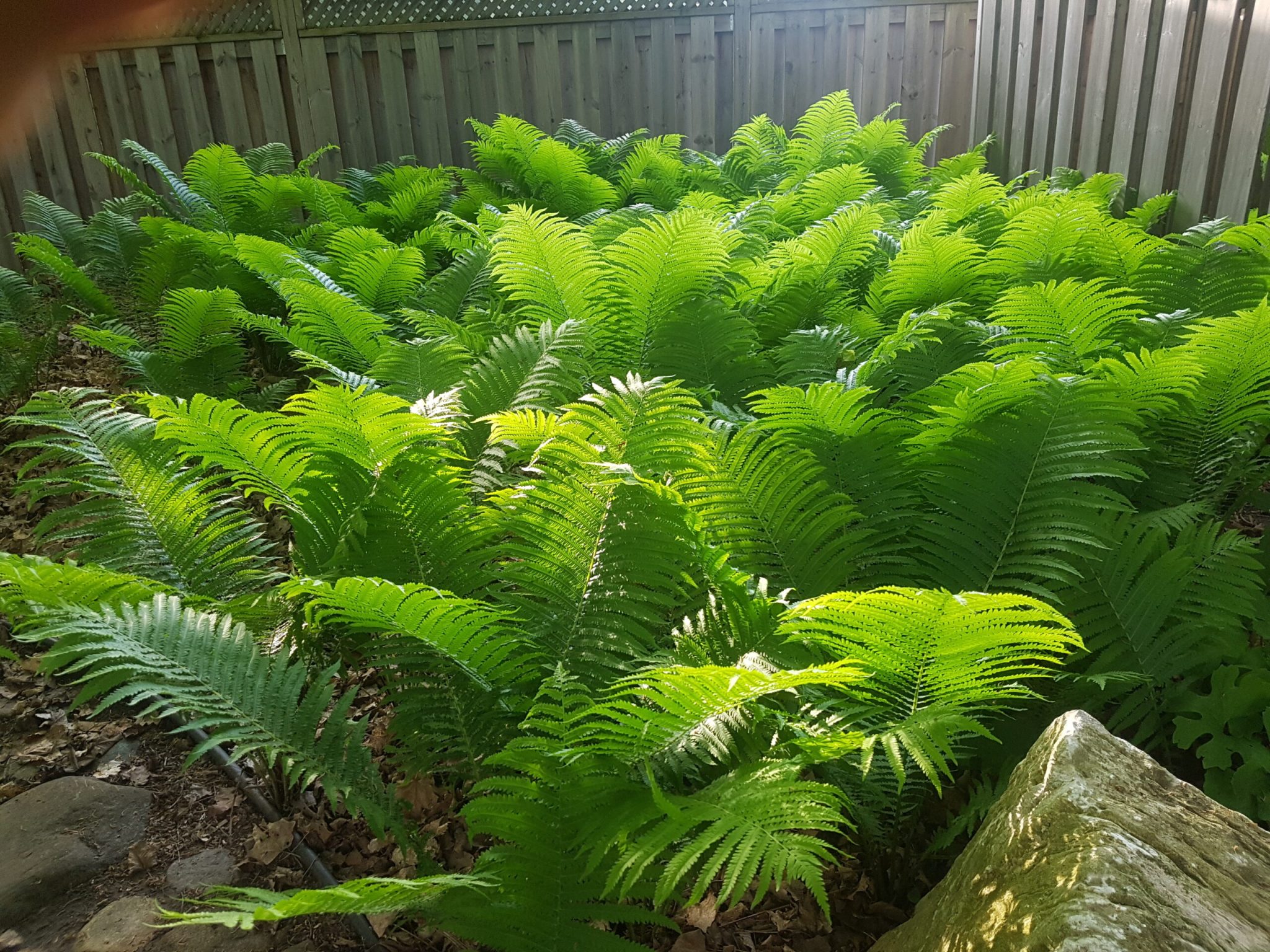
Ferns are ancient plants that thrive in moist, shaded environments.
They reproduce via spores rather than seeds, making them unique among most modern plants.
Ferns are known for their delicate, feathery fronds and can be found in forests, tropical regions, and even as ornamental houseplants.
These resilient plants can grow in a variety of conditions.
- Characteristics: Non-flowering, spore-producing, with feathery fronds.
- Best For: Shady, moist environments, both indoors and outdoors.
- Why They’re Great: Ferns add lush greenery to gardens and homes, thriving where many other plants cannot.
2. Mosses
Mosses are small, soft plants that grow in dense clumps or mats in damp, shady areas.
Like ferns, they reproduce through spores rather than seeds.
Mosses are non-vascular plants, meaning they don’t have a traditional root system but absorb water directly through their leaves.
They are often used in terrariums and as ground cover in gardens.
- Characteristics: Small, non-vascular, spore-producing plants.
- Best For: Damp, shaded areas and as decorative ground cover.
- Why They’re Great: Mosses bring a natural, green carpet-like texture to outdoor spaces and terrariums.
3. Conifers

Conifers are a group of seed-producing trees and shrubs that bear cones rather than flowers.
Most conifers are evergreen, retaining their needles or leaves year-round.
Well-known examples include pines, spruces, and cedars.
Conifers are hardy and often used for landscaping or as Christmas trees.
- Characteristics: Cone-bearing, mostly evergreen, seed-producing.
- Best For: Landscaping and creating year-round greenery.
- Why They’re Great: Conifers are durable and provide structure to gardens and landscapes, with year-round appeal.
4. Flowering Plants
Flowering plants, also known as Angiosperms, are the most diverse group of plants on Earth.
These plants produce flowers and fruits, with seeds enclosed within the fruit.
They range from tiny wildflowers to large trees and are the primary source of most fruits, vegetables, and crops.
Flowering plants are appreciated for their beauty and usefulness in agriculture.
- Characteristics: Flower-producing plants with seeds enclosed in fruits.
- Best For: Gardens, decorative landscaping, and agriculture.
- Why They’re Great: Flowering plants are essential for both beauty and food production due to their vibrant flowers and diverse forms.
5. Succulents

Succulents are water-retaining plants adapted to arid climates.
They have thick, fleshy leaves or stems that store water, making them ideal for drought-prone areas.
Succulents come in various shapes, sizes, and colors, making them popular for indoor gardening and xeriscaping.
- Characteristics: Water-retaining, thick-leaved plants.
- Best For: Dry, arid environments or low-maintenance indoor plants.
- Why They’re Great: Succulents are easy to care for and perfect for adding greenery to dry climates or homes with limited water.
6. Herbs
Herbs are small, leafy plants widely used for their medicinal, culinary, and aromatic properties.
Many herbs, such as basil, mint, and thyme, are commonly grown in gardens or pots for cooking.
In addition to their flavorful uses, herbs are used in traditional medicine and teas.
- Characteristics: Leafy plants with medicinal, culinary, or aromatic uses.
- Best For: Culinary gardens, medicinal purposes, and aromatic decoration.
- Why They’re Great: Herbs are easy-to-grow and versatile plants that can be used fresh or dried for a variety of applications.
7. Shrubs
Shrubs are woody plants smaller than trees with multiple stems growing from the base.
They are often used in landscaping to provide structure and visual interest.
Common examples include roses, hydrangeas, and boxwoods.
Shrubs are hardy and can thrive in various climates and conditions.
- Characteristics: Woody plants with multiple stems, smaller than trees.
- Best For: Landscaping, garden borders, and providing structure for outdoor spaces.
- Why They’re Great: Shrubs add depth and greenery to gardens and landscapes, with many flowering varieties available.
8. Trees
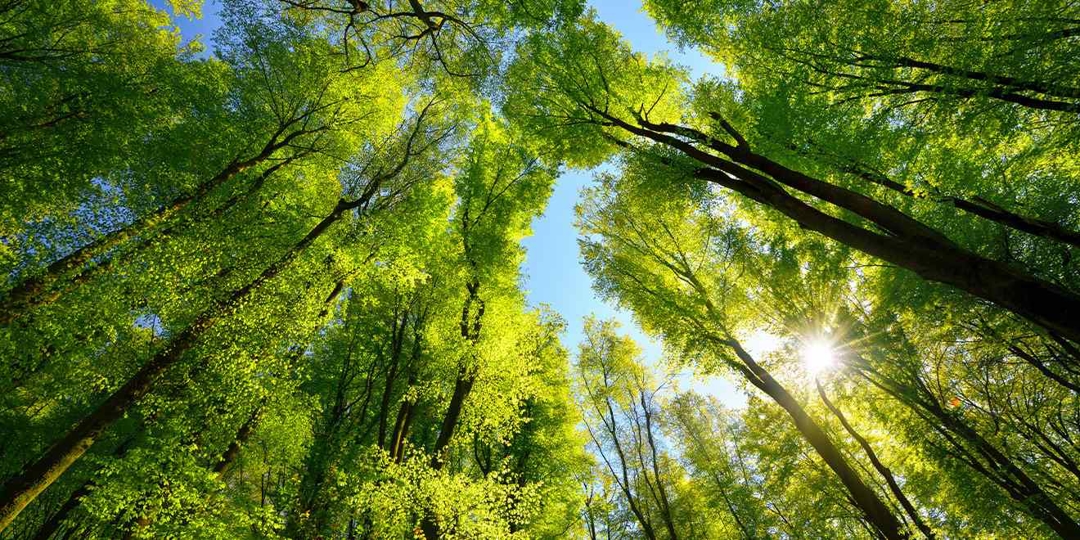
Trees are large, woody plants with a single main stem or trunk that supports branches and leaves.
They are essential for the environment, providing oxygen, shade, and habitats for wildlife.
Trees can range from fruit-bearing types, like apple and cherry trees, to towering evergreens, like pines and firs.
- Characteristics: Large, woody plants with a trunk and branches.
- Best For: Landscaping, providing shade, and supporting ecosystems.
- Why They’re Great: Trees are vital to the environment and provide beauty, shade, and fruit in gardens and landscapes.
9. Aquatic Plants
Aquatic plants grow in water or in soil that is saturated with water.
These plants are commonly found in ponds, lakes, and wetlands.
Examples include water lilies, cattails, and duckweed.
Aquatic plants are beautiful and help maintain water ecosystems by providing oxygen and shelter for marine life.
- Characteristics: Plants that grow in or near water.
- Best For: Ponds, water gardens, and natural water features.
- Why They’re Great: Aquatic plants beautify water features while supporting the health of aquatic ecosystems.
Incorporate These Plant Types into Your Garden
Understanding the variety of plants is just the first step.
Knowing how to effectively use them in your garden, home, or landscape can enhance your surroundings.
Here’s how to make the most of these plant types in different settings.
1. Choosing the Right Plants for Your Climate
Not all plants thrive in the same conditions.
For example, Succulents are perfect for dry, arid climates, while Ferns and Mosses prefer damp, shaded environments.
Knowing your local climate is essential when deciding which plants to include in your garden.
- Tip: Assess your garden’s sunlight exposure and water availability before choosing plants.
2. Using Plants for Design and Structure
Shrubs and Trees can help define the structure of your garden.
Trees provide height and focal points, while shrubs can create borders or hedges.
Flowering Plants can add color and attract pollinators, creating a balanced design.
- Tip: Plan your garden with tall trees or shrubs at the back and shorter flowering plants at the front for layered visual interest.
3. Low-Maintenance Planting for Busy People
If you’re looking for plants that require minimal attention, consider Succulents or Conifers.
These plants are drought-tolerant and easy to maintain, making them perfect for those who want greenery without constant upkeep.
- Tip: Succulents thrive in containers, so they’re a great choice for indoor gardens or small outdoor spaces with limited water.
4. Adding a Water Feature with Aquatic Plants
If you have a pond or water feature, Aquatic Plants such as water lilies and cattails can enhance their natural beauty.
These plants also help maintain the water’s ecosystem by providing oxygen and shelter for aquatic life.
- Tip: When designing a water garden, mix different heights of aquatic plants to add depth and variety to your water feature.
5. Growing Herbs for Culinary and Medicinal Use
Herbs are a wonderful addition to any kitchen garden.
They’re easy to grow and can be used fresh or dried for cooking and medicinal purposes.
Common herbs like basil, rosemary, and mint are versatile and don’t require much space.
- Tip: Plant herbs in small pots on your windowsill for easy access to fresh ingredients for your cooking.
Conclusion
Each plant type has a unique role in nature, from the towering Trees that support ecosystems to the tiny, resilient Mosses that cover damp forest floors.
Whether designing a garden or learning more about plant diversity, understanding these nine plant types will enhance your appreciation for the natural world.
With such variety, there’s a plant for every environment and purpose.

